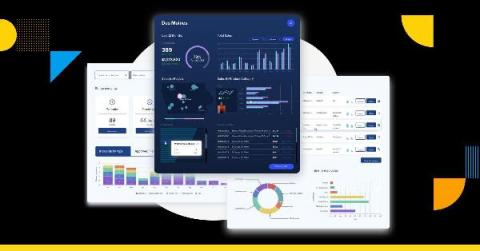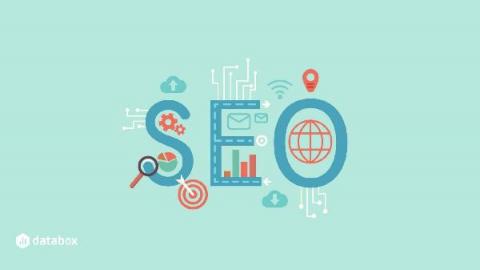Virtual Reality Retail: Next-Gen Shopping Experience
Virtual reality retail experiences are transforming brick-and-mortar shopping. With the global augmented reality/virtual reality (AR/VR) market expected to reach 1.6 billion by 2021, there is massive potential to expand into virtual spaces. Creating a virtual shopping experience helps both retailers and consumers. It can reduce overall operating costs and offer immersive experiences for consumers to try and customize before they buy. So how can retailers build VR in retail?










